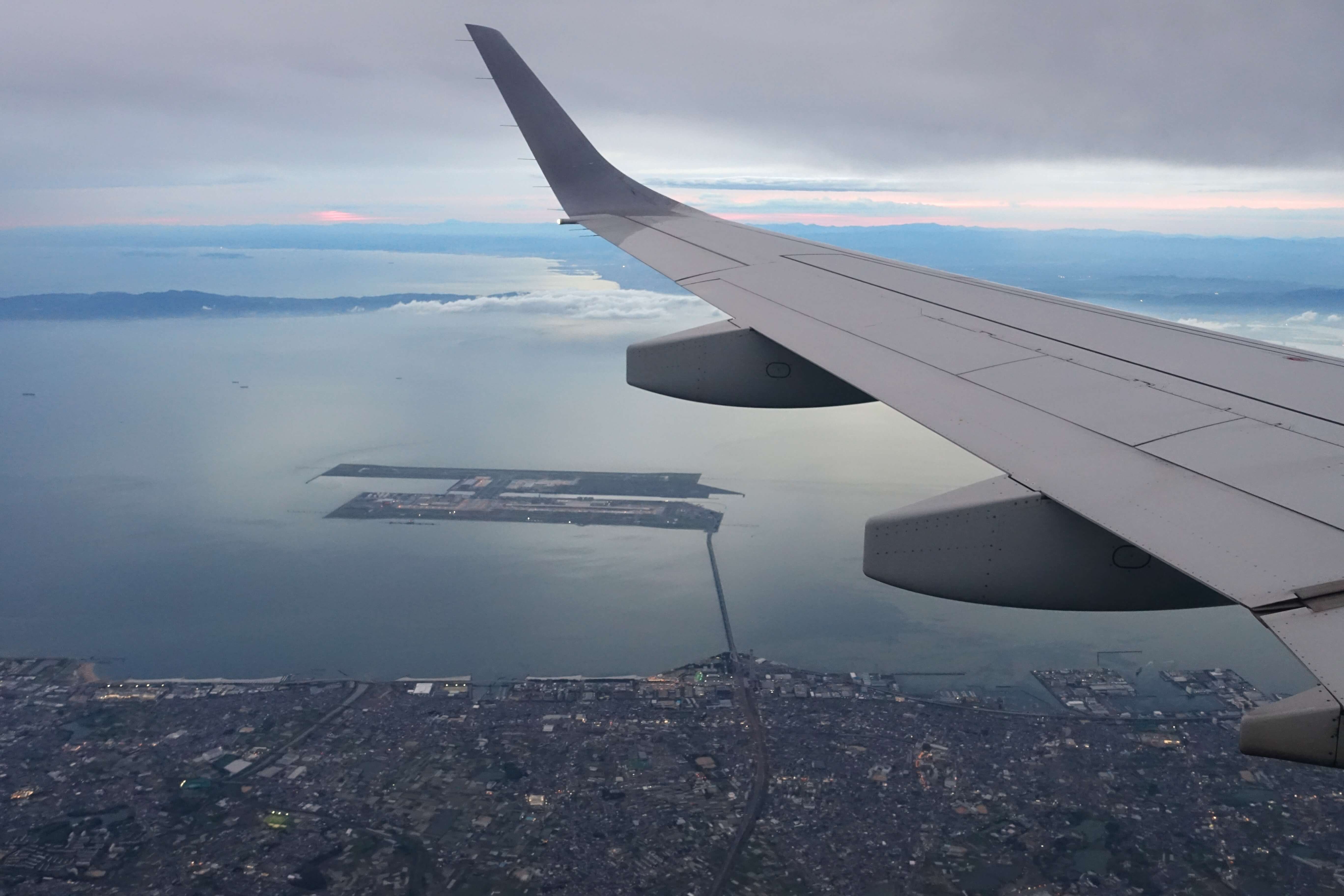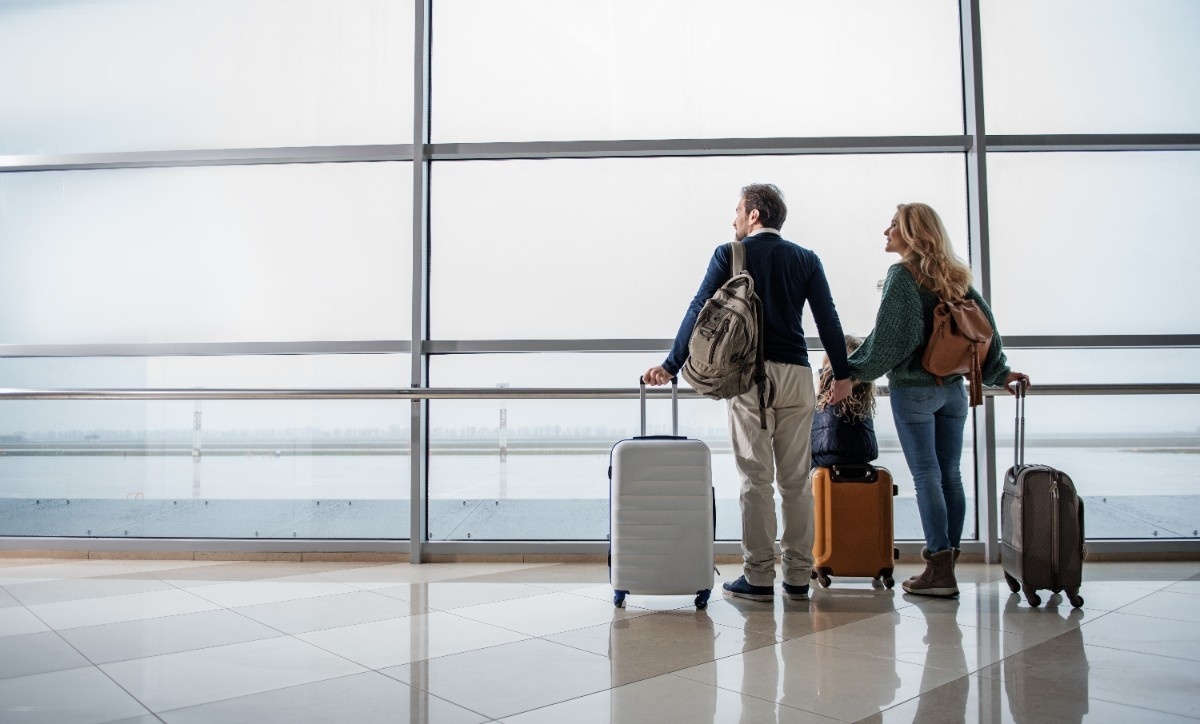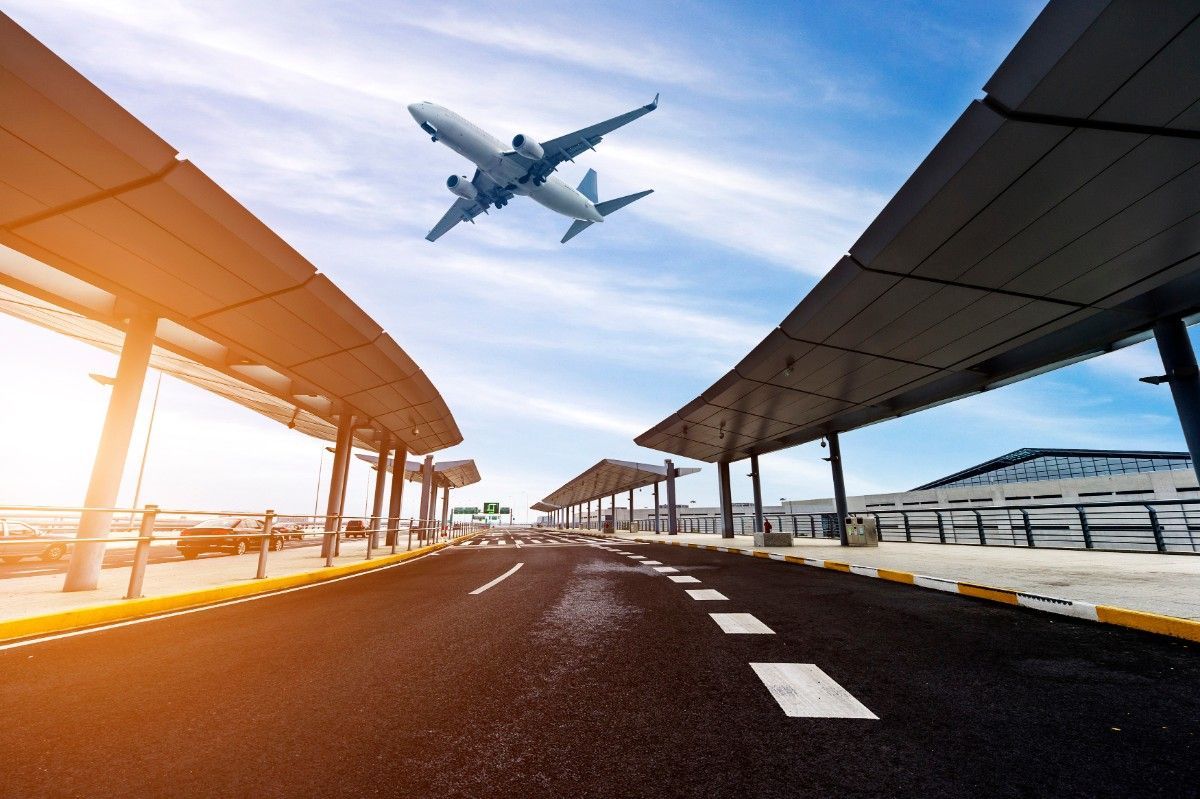Engineering marvel: The resilient Kansai Water Airport

In recent news, the Kansai Water Airport in Japan is poised for yet another renovation project, bringing attention back to the marvel of engineering that stands as the world's first airport constructed entirely on water. This architectural wonder, built between 1987 and 1994, continues to captivate visitors with its stunning design and remains resilient in the face of natural disasters. Let's take a closer look at why Japan embarked on the ambitious project, the challenges faced during construction, and the innovative solutions that have kept the airport afloat.
Japan's unique challenge
Japan's decision to build an airport on water was driven by its unique geological challenges. The country, consisting of four main islands, is situated in the Pacific Rim of Fire, making it prone to earthquakes, typhoons, and tsunamis. Approximately 40% of the world's most costly catastrophes have occurred along Japan's shores. With Tokyo's Haneda Airport dominating as the principal import and export point by the 1960s, Kansai leaders recognized the need to enhance international capacity at the Itami Airport in Osaka to compete with the capital.
Ambitious design and construction challenges
The solution was groundbreaking – construct a 3 million-ton airport on a manmade island in Osaka Bay, around 50km outside Osaka city center. This decision would not only minimize residential disturbance but also enable the airport to operate 24/7, making it a competitive hub for air cargo, business, and travel.
The construction of the airport on water presented unprecedented challenges. Japanese engineers, experienced in building structures off the shoreline, now faced the task of creating an island 3 miles from shore, in water 60 feet deep. The seabed posed a unique challenge with two layers – a 100-meter-deep alluvial clay layer and a 1,000-meter-deep diluvial clay layer. The latter, uncharted territory for construction, required innovative solutions.
Innovative solutions and architectural triumph
To address the challenges, the engineers fortified the seabed with a five-foot layer of sand and inserted a million sand drains. A seven-mile sea wall, comprising steel chambers, massive stones, and tetrapods, was constructed to protect the island. Excavations from three mountains provided stability, and a two-mile double-decker Sky Gate Bridge connected the island to the mainland. Despite initial sinking issues, the engineers swiftly added 11 feet of soil to counteract the subsidence.
Iron ore, adaptable design, and stability
The architectural challenge intensified as the construction unfolded on unstable land. A quarter-million tonnes of iron ore were poured into the building's foundation as ballast to counteract the weight imbalance. The result, unveiled in 1994, was a magnificent, single-winged terminal designed by Renzo Piano and Noriaki Okabe. Inspired by Berlin's Tempelhof Airport, the terminal featured adaptable elements to absorb movement independently during disasters.
The test of time: Resilience in action
Despite the initial sinking issues, the airport's resilience was put to the test with earthquakes, floods, and typhoons. The innovative 'Jack up System,' utilizing sensors and hydraulic jacks, was implemented to address ongoing subsidence. Doors, stairs, and infrastructure were redesigned for adaptability.
Symbol of triumph
Opened in September 1994, Kansai International Airport has weathered numerous challenges and earned accolades, including being named a Monument of the Millennium by the American Society of Civil Engineers in 2011. Welcoming over 30 million passengers annually, the airport stands as a testament to human ingenuity, defying the odds to become a symbol of resilience and architectural marvel in the face of adversity.
Latest posts
Could a flight delay cost you your job or career?
Flight delays are not just annoying they can derail careers. See how missed connections impact professional lives.
Can you sue the weather? Legal limits of delay claims
Weather delays frustrate travellers, but can you claim compensation? Exploring legal grey areas in flight disruptions.
Can AI be fair in deciding passenger refunds?
Airlines are using AI to decide flight compensation, can algorithms be trusted to treat passengers fairly?












